Best Time to Visit Murchison Falls for Wildlife Safaris
Discovering the Rhythm of Uganda’s Wilderness
The essence of a successful safari is not measured solely by the presence of wildlife, but by the harmony between season, landscape, and animal behavior. In Murchison Falls National Park, where the Nile bursts through a narrow gorge and thunders into a mist-filled pool, timing is everything. To witness the park’s rich tapestry of life at its peak, to see elephants, lions, giraffes, and countless birds in their most active moments, requires an understanding of its cycles, its rains, and its sunlit rhythms.
Murchison Falls, Uganda’s largest national park, sprawls across 3,840 square kilometers, offering a diversity of ecosystems, from open savannahs and riverine forests to woodland groves and wetlands. Its iconic waterfall, the Murchison Falls, slices through the landscape with unyielding power, creating a dramatic backdrop for wildlife encounters. For first-time visitors and seasoned safari-goers alike, knowing the best time to explore this wilderness can transform a trip into an unforgettable journey.
This guide delves into the interplay between seasonal variations, wildlife visibility, climate patterns, and optimal safari experiences in Murchison Falls, helping travelers plan their journey with precision and purpose.
Understanding Murchison Falls’ Climate
Murchison Falls experiences a tropical climate, heavily influenced by its location near the equator and the course of the Nile River. Temperatures are generally warm year-round, ranging from 21°C to 33°C, with minimal variation, making the park accessible at almost any time. However, the pattern of rainfall and dry periods plays a decisive role in determining wildlife behavior, road accessibility, and overall safari quality.
Two main seasons are observed: the wet season and the dry season. The wet season occurs in two peaks: from March to May and October to November. During these months, the park becomes lush and verdant. Rivers swell, vegetation flourishes, and birds breed in abundance. While this is an enchanting period for nature photography and birding, the heavy rains can make certain roads and trails less accessible for game drives.
The dry season, occurring from December to February and June to September, offers clearer skies, reduced vegetation, and concentrated wildlife around permanent water sources. This season is often considered the ideal window for traditional wildlife safaris, as animals are easier to spot and photographic opportunities are enhanced by unobstructed views.
Wildlife Patterns and Seasonal Behavior
Wildlife visibility in Murchison Falls is closely tied to water availability and vegetation density. During the wet season, rivers overflow and temporary pools form across the savannah. While this creates spectacular scenery, it disperses animals, making sightings more challenging. Hippos and crocodiles are abundant in river channels, while elephants may roam deeper into the woodlands in search of fresh foliage. Predators such as lions and leopards tend to be less active during daylight hours, conserving energy in the dense cover.
In contrast, the dry season sees animals congregating near major water sources, including the Nile and the park’s smaller rivers and wetlands. Elephants and buffalo herds form impressive congregations, while predators like lions and leopards are often spotted near these gatherings, providing some of the most iconic safari photography opportunities. The dry season also allows for easier tracking of elusive species such as giraffes, Uganda kobs, and hartebeests, whose grazing patterns become more predictable.
Birdlife, one of Murchison Falls’ most celebrated features, is abundant year-round, with seasonal variations offering unique highlights. During the wet season, migratory species increase diversity, while the dry season enhances visibility of resident species such as the shoebill stork, palm-nut vulture, and African fish eagle.
The Dry Season: Optimal Safari Conditions
The dry months from December to February and June to September are widely regarded as the best time for traditional wildlife safaris. Roads are accessible, allowing game drives to explore the northern and southern sectors of the park without hindrance. The open grasslands improve visibility, providing unobstructed views of elephants, buffaloes, lions, giraffes, and other iconic species.
During these months, the Nile’s flow is steady but less turbulent, making boat cruises along the river especially rewarding. Hippos, crocodiles, and waterbirds congregate along the riverbanks, creating spectacular scenes for wildlife photographers. Additionally, the reduced foliage in the dry season allows for dramatic vistas of the Murchison Falls themselves, emphasizing the contrast between the roaring waters and the surrounding savannah.
Temperatures are warm but bearable, and mornings and evenings provide the perfect light for game viewing and photography. The dry season also aligns with most hot air balloon safaris, giving travelers an opportunity to soar above the park while enjoying clear skies and panoramic views.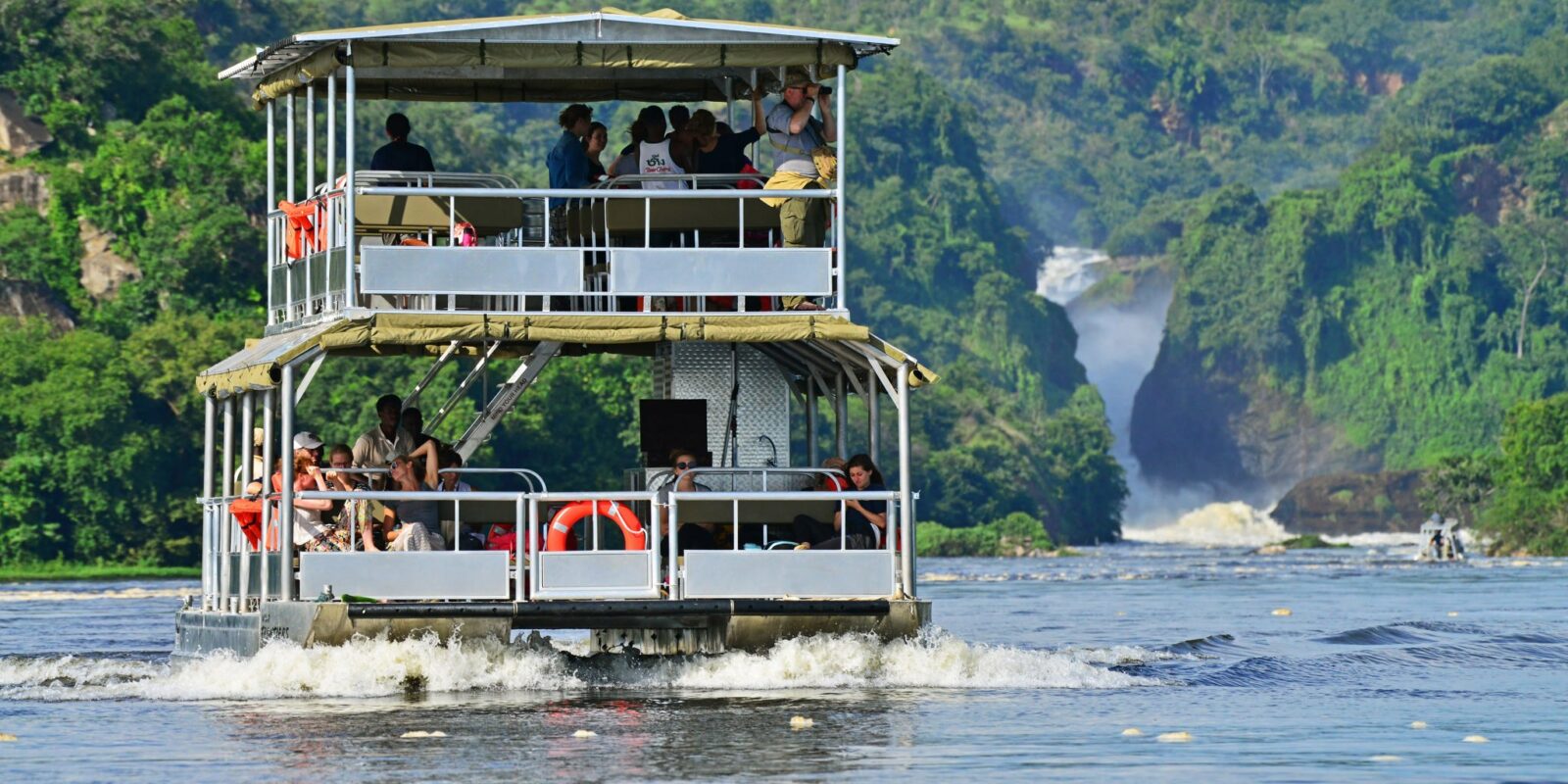
The Wet Season: Lush Landscapes and Birding Excellence
While the dry season is preferred for large mammal viewing, the wet season offers its own distinctive advantages. From March to May and October to November, the park’s landscapes are transformed into a verdant paradise. Grasses and shrubs flourish, flowers bloom, and temporary pools create ideal conditions for bird breeding and aquatic wildlife activity.
Birding enthusiasts are particularly drawn to this period. Migratory species increase the diversity of sightings, while resident birds become more active and easier to photograph in the abundant foliage. Waterfowl such as herons, storks, and jacanas thrive in flooded wetlands, while raptors are frequently seen circling above the savannah and riverine forests.
Fishing safaris along the Nile can also be productive during the wet season, as rising water levels stimulate fish activity. However, heavy rainfall can occasionally limit access to certain fishing locations and make roads challenging for vehicles, emphasizing the need for expert guides and proper planning.
Special Safari Activities by Season
Murchison Falls offers a variety of safari experiences beyond traditional game drives, many of which are affected by seasonal changes. Hot air balloon safaris are typically scheduled in the dry season, when wind conditions are most favorable and visibility is excellent. The bird’s-eye view of the park during this time highlights the interplay between the river, savannah, and forested areas, creating once-in-a-lifetime photographic opportunities.
Boat cruises along the Nile, leading to the base of Murchison Falls, are particularly rewarding in both seasons. In the dry season, the concentration of hippos, crocodiles, and waterbirds is high, providing spectacular sightings. In the wet season, the scenery becomes lush and dramatic, with swollen rivers and vibrant greenery offering a different, equally breathtaking perspective.
Fishing safaris are affected by water levels and flow, with certain species such as Nile perch more active during stable river conditions. Anglers planning trips during the wet season may face challenging currents but can enjoy the river at its most dynamic, while the dry season offers easier navigation and concentrated fish populations.
Planning Around Visitor Traffic
Seasonal variations also influence the crowd levels within Murchison Falls National Park. The dry season coincides with peak tourist periods, meaning lodges, camps, and popular safari routes can be busier. Early bookings are recommended to secure premium accommodations, particularly luxury lodges along the Nile.
In contrast, the wet season sees fewer visitors, creating a more exclusive and intimate safari experience. Lodges may offer lower rates, and game drives are less crowded, though travel logistics require careful planning due to muddy roads and occasional river overflows. For travelers seeking a balance between wildlife sightings and solitude, the shoulder months between dry and wet seasons can provide optimal conditions.
Choosing the Right Time for Your Safari
Selecting the best time to visit Murchison Falls depends on the type of safari experience desired. If the primary goal is to witness big game in high visibility conditions, the dry season is ideal. For those who prioritize birding, lush landscapes, and solitude, the wet season offers unmatched beauty and diversity.
Luxury travelers and photographers often plan trips to coincide with sunrise or sunset game drives in the dry season, when lighting conditions enhance the dramatic vistas of the Nile, the savannah, and the iconic Murchison Falls. Families and casual travelers may prefer the wet season for fewer crowds and a serene connection to nature.
Regardless of season, expert guides from reputable operators ensure that travelers experience the park safely and meaningfully. Knowledge of animal patterns, access routes, and seasonal behavior enhances the safari, making every trip memorable.
The Role of Expert Guides and Safari Operators
Maximizing the experience of Murchison Falls requires the guidance of experienced safari operators. Guides provide invaluable insight into seasonal wildlife behavior, optimal viewing times, and hidden spots for photography and observation. Their expertise ensures that visitors experience the park safely, efficiently, and respectfully.
Operators also assist with accommodations, whether luxury lodges, mid-range camps, or mobile safari tents. Seasonal knowledge helps match visitors with the right lodging and activities to optimize the safari experience, balancing comfort with access to wildlife.
Expert planning is especially important during the wet season when certain roads or trails may be inaccessible, and during peak wildlife congregation in the dry season when early reservations are critical.
Timing Your Journey for Maximum Impact
The best time to visit Murchison Falls National Park is determined by a combination of climate, wildlife behavior, and personal priorities. The dry season from December to February and June to September offers unparalleled conditions for large mammal sightings, clear landscapes, and high-quality photography. The wet season from March to May and October to November offers lush scenery, extraordinary birding opportunities, and a more intimate, tranquil safari experience.
Regardless of timing, Murchison Falls delivers a safari that is both spectacular and transformative, where the roar of the falls, the majesty of elephants, and the diversity of birdlife create memories that endure a lifetime. For those wishing to ensure that every detail of the trip is optimized, it is highly recommended that travel arrangements be made through WildHorn Africa. With expert guidance, personalized itineraries, and a commitment to excellence, every safari in Murchison Falls becomes not only possible but truly unforgettable.

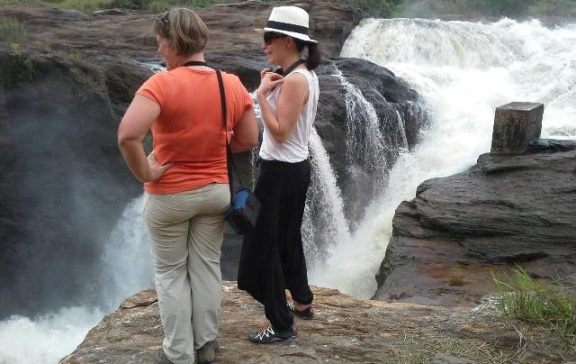
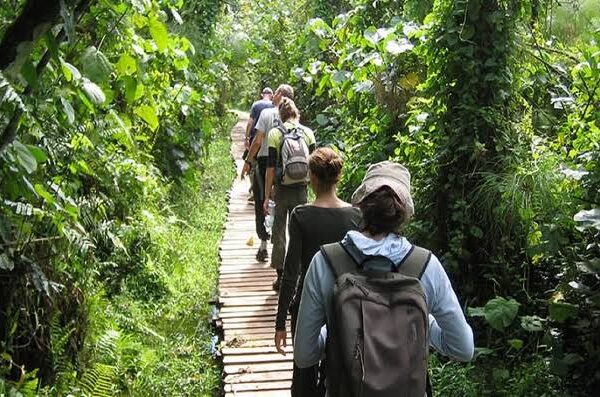
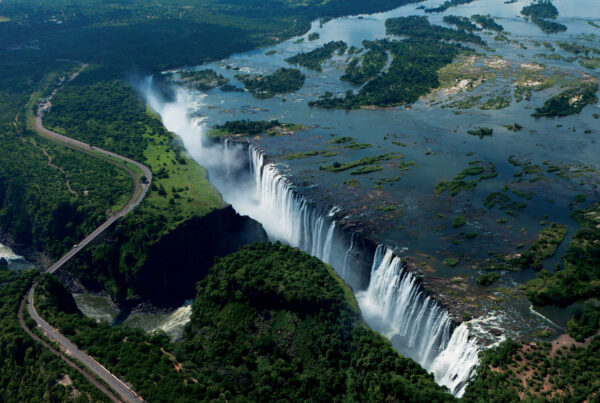
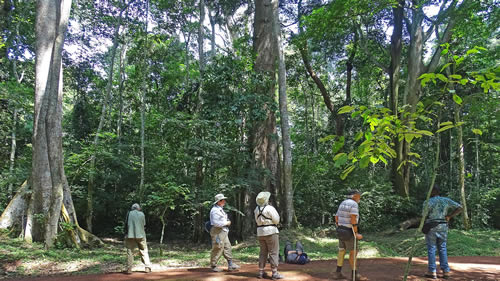
 WildHorn Africa – Authentic and unforgettable tours across Africa, guided by local experts who know the land, wildlife, and culture best.
WildHorn Africa – Authentic and unforgettable tours across Africa, guided by local experts who know the land, wildlife, and culture best.


